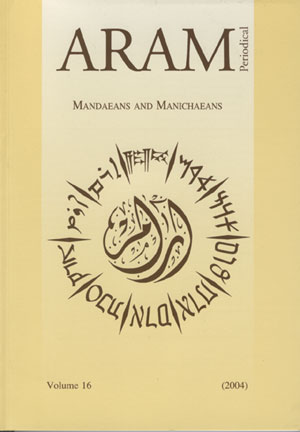next article in this issue  |

|
Document Details : Title: The Role of Alcoholic Beverages in Sumer and Akkad Subtitle: An Analysis of Iconographic Patterns (III millennium) Author(s): VIVIANI, Maria Teresa Journal: ARAM Periodical Volume: 17 Date: 2005 Pages: 1-50 DOI: 10.2143/ARAM.17.0.583319 Abstract : For the purposes of this analysis, I will define iconographic patterns as models for describing and classifying images that may change over time and vary from region to region without losing their identity. The analysis of iconographic patterns always involves a degree of abstraction and generalization. Most of the material that I will work with, cylindrical seals (present throughout the third millennium), votive plaques (Early Dynastic II and III), orans or votive statues (typical Sumerian object), vessels, comes mainly from Tello (Lagas), Kis, Tell Asmar, Ur, Fara, Uruk, Nippur, Larsa, Umma and Hafagi . I will cite a few texts from the Old Babylonian period, circa 1800 B.C., some years after the period that I focus on, because of the abundant literature on the topic and because it was during that period that the traditions from the third millennium were written down. As an initial way of classifying the abundant iconographic material, I have chosen to focus on the different practices and gestures associated with the consumption of alcoholic beverages. I think that each of these rites and gestures imply social elements, hierarchies, roles and religious moods. |
|
